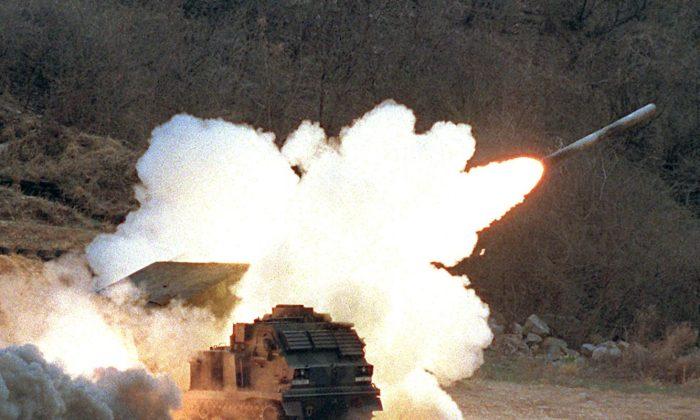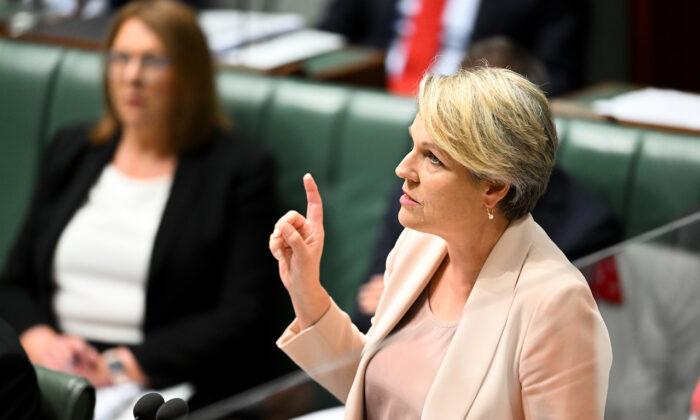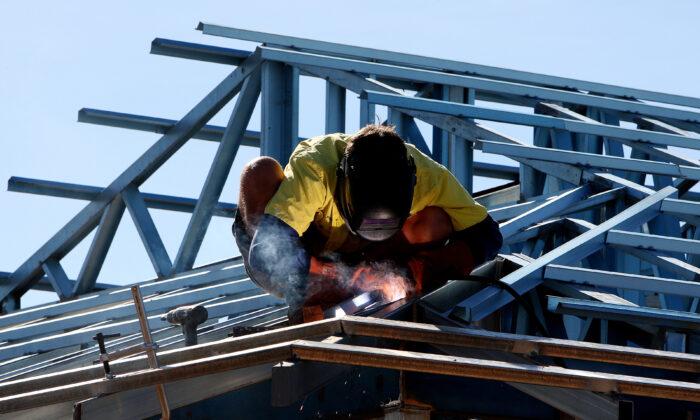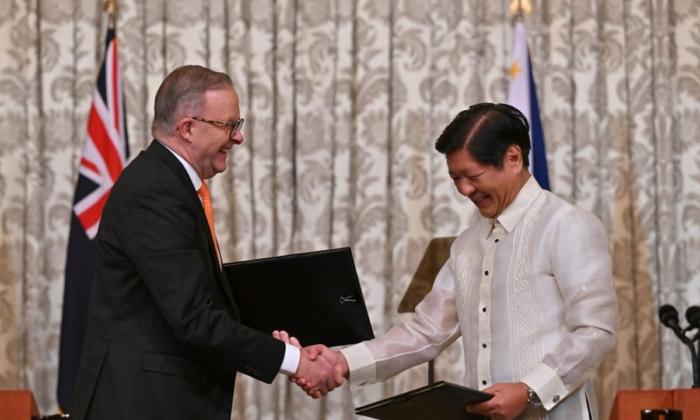Australia could become integral to U.S. national security supply chains after it was announced that the pacific nation is looking to establish a domestic missile industry that would support the U.S. and Australian defence forces.
“This is a really important enterprise,” Conroy said. “The lessons from the Ukraine war are that we use missile stocks or all munitions, but particularly guided weapons, very fast in a conflict,” he said.
“That’s why the guided weapons enterprise is a multibillion-dollar exercise to develop that, and I’m confident that at the end of this process, we will have a much more sovereign capability to manufacture and upgrade missiles which are so important.”
Conroy stated that in terms of domestic military capabilities, Australia required a larger stockpile than it currently possessed.
“Quite frankly, we need more missiles in Australia, both as a stock and also the ability to maintain, repair, and upgrade those missiles,” he said.
“Given the urgency of the threat environment that we are facing, I think building capacity with the systems we have and finding ways to integrate those systems to create new capabilities and effect is more pragmatic at this point than a development of a new thing that might not be fielded for 10 years,” he told AFR.
Manufacturing Mobile Rocket Systems in Australia
Lockheed Martin has also opened talks with the Australian government to manufacture Multiple Launch Rocket Systems (MLRS) in Australia after the company faced production delays and supply change issues.“Our supply chain in the U.S. is stressed in a lot of critical areas like propulsion and explosives, so we want to expand the supply chain to include Australian industry,” St John told AFR.
This is critical for the company which the U.S. military has contracted to recapitalise and refurbish 94 of the U.S. army’s existing MLRS systems.
The launcher’s improved armoured cabs significantly expand the interior volume and incorporate new energy-absorbing seats that provide additional protection from mine blasts and improvised explosive devices. Lockheed Martin will also upgrade the fire control panel and fire control system.




